Scenes from Hyderabad (Part 2): A Walk Back in Time
Scenes from Hyderabad (Part 2): A Walk Back in Time
- Posted by Colleen
- On October 4, 2022
- Comments
- 2
I learned so much about the ancient history of this region through my visit to Hyderabad! And, in the process I also learned something about its more recent history.
I knew Hyderabad was the capital of the Indian state of Telangana, so I was perplexed when I kept coming across references to it as the capital of a completely different state called Andhra Pradesh. Turns out that the Northwest portion of Andhra Pradesh was broken off in 2014 to become Talangana, India’s newest state. As part of the deal, Hyderabad was to remain the capital city of both states until 2024. Makes perfect sense, in an India sort of way. 🙂
But back to the ancient history . . .
There are so many incredible historical sites here, and I’ve included my four favorite places below. I hope you enjoy the visual journey!
Charminar
The Charminar is a mosque and monument that has become the defacto symbol of Hyderabad. It was built in 1591 (or 1592, according to one notable and grouchy-sounding historian) by the 5th Sultan of the Qutb Shahi dynasty (more on that below). Apparently it was constructed to commemorate the end of a deadly plague that had lingered in the city for some time. The monument is informally called “The Four Minarets,” and you can see why in the first image below.
(Use the right/left arrows to scroll through the images)
Qutb Shahi Tombs
This is said to be Hyderabad’s oldest site, and five (of seven) Sultans from the ancient Qutb Shahi dynasty are memorialized here. I learned that the Qutb Shahi dynasty was a monarchy (with Sultans as generational rulers, much like kings) made up of Persians who followed Shia Islam, originally from the Middle East near what is now Turkey. Apparently this was quite a powerful kingdom, ruling in South-Central and South-East India from 1512-1687.
The tombs themselves are architectural gems to admire, and you could easily spend an afternoon enthralled in the design details large and small (or maybe that’s just me). But there’s also another layer to be appreciated here, which is the serenity (or perhaps “heaviness” would be a better word) of entering each ornate structure to find an interior that is empty aside from the single sarcophagus (stone coffin) at the center with a burial vault directly below.
I spent far more time here than I ever would have expected, wandering in and out of each Sultan’s tomb, several lesser tombs, and around the grounds. At one point my guide advised me that we’d need to leave soon if we hoped to make it to any other locations that day. 🙂 I suppose it sounds morbid to say that I loved someone’s tomb, but they were honestly one of the most peaceful and inspiring places I’ve been in India.
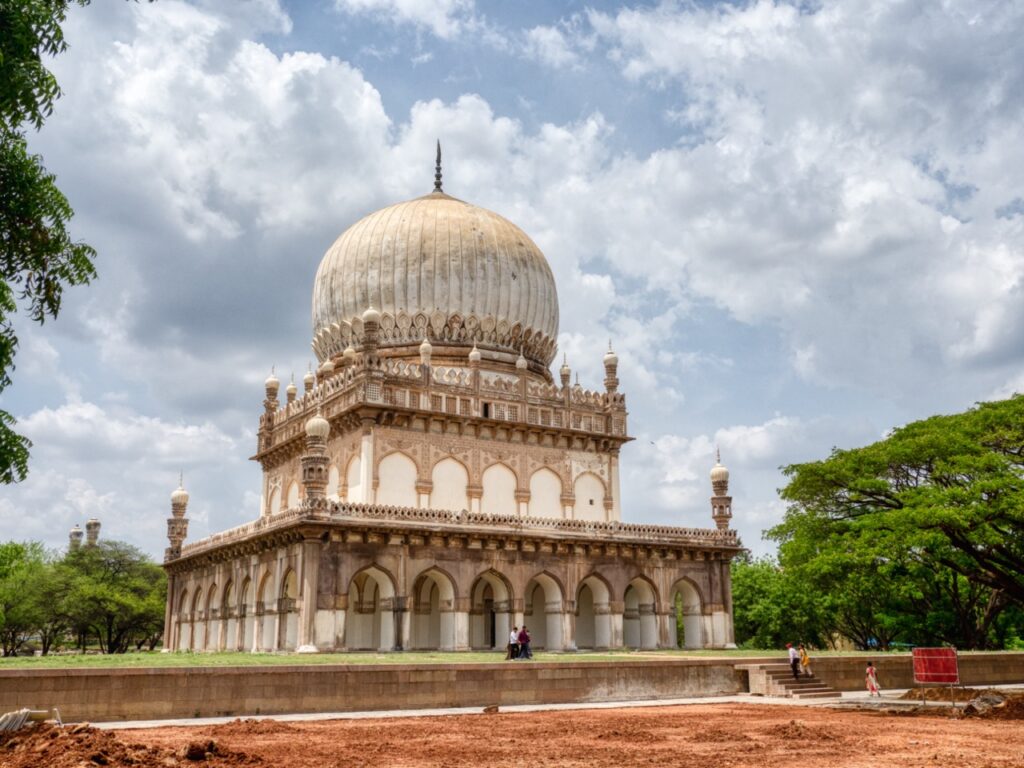 Tomb of Sultan #6 (largest of the Sultan tombs)
Tomb of Sultan #6 (largest of the Sultan tombs)
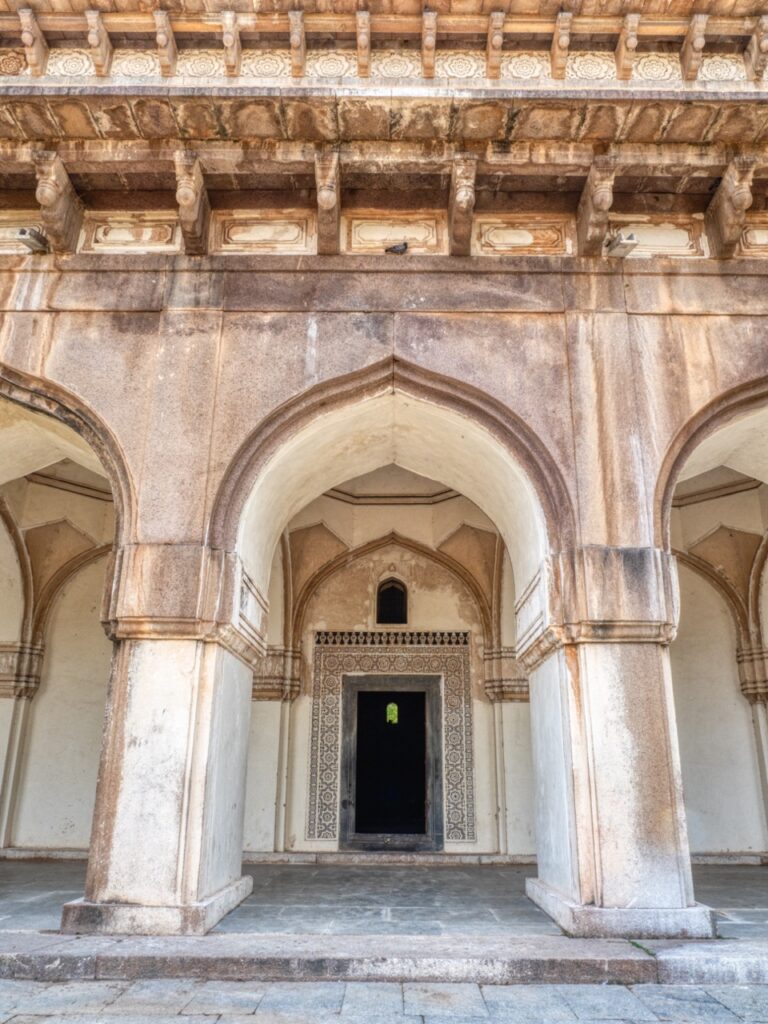 Entrance to tomb of Sultan #6
Entrance to tomb of Sultan #6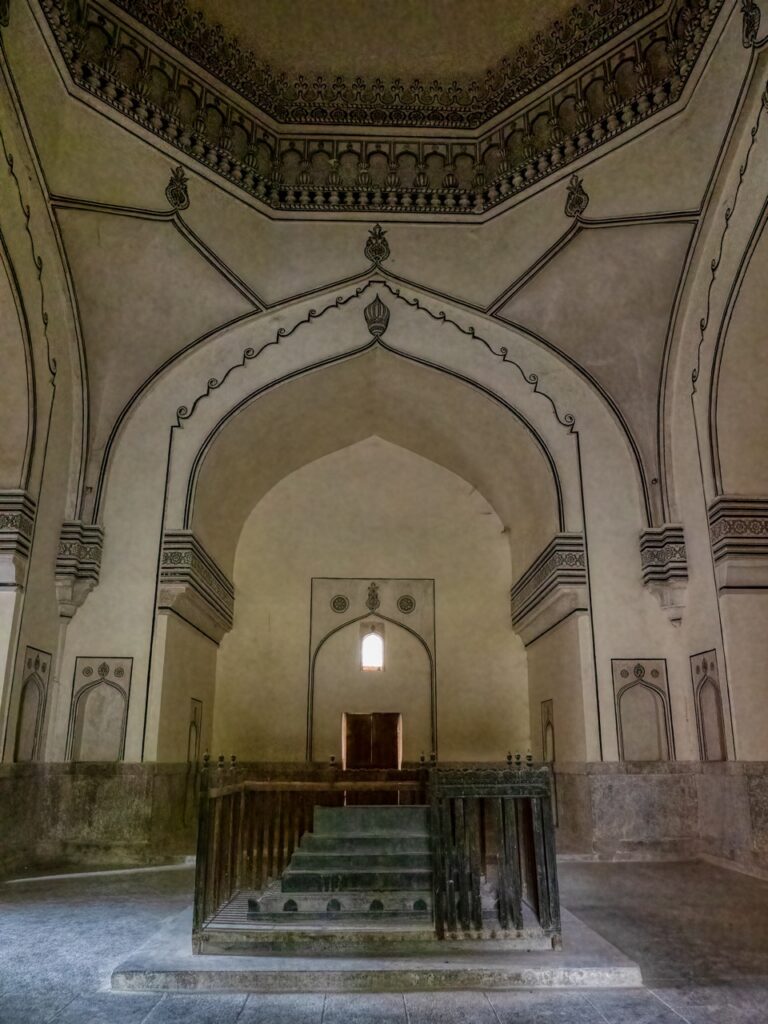 Sarcophagus of Sultan #6
Sarcophagus of Sultan #6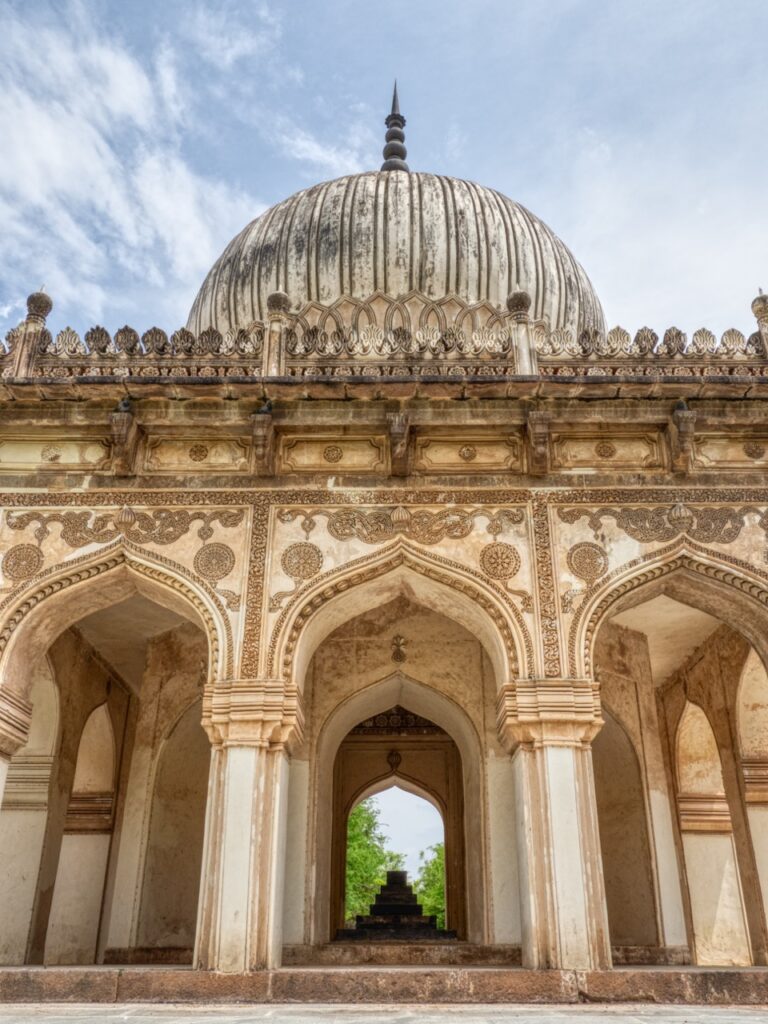 Tomb of a Sultan’s personal physician
Tomb of a Sultan’s personal physician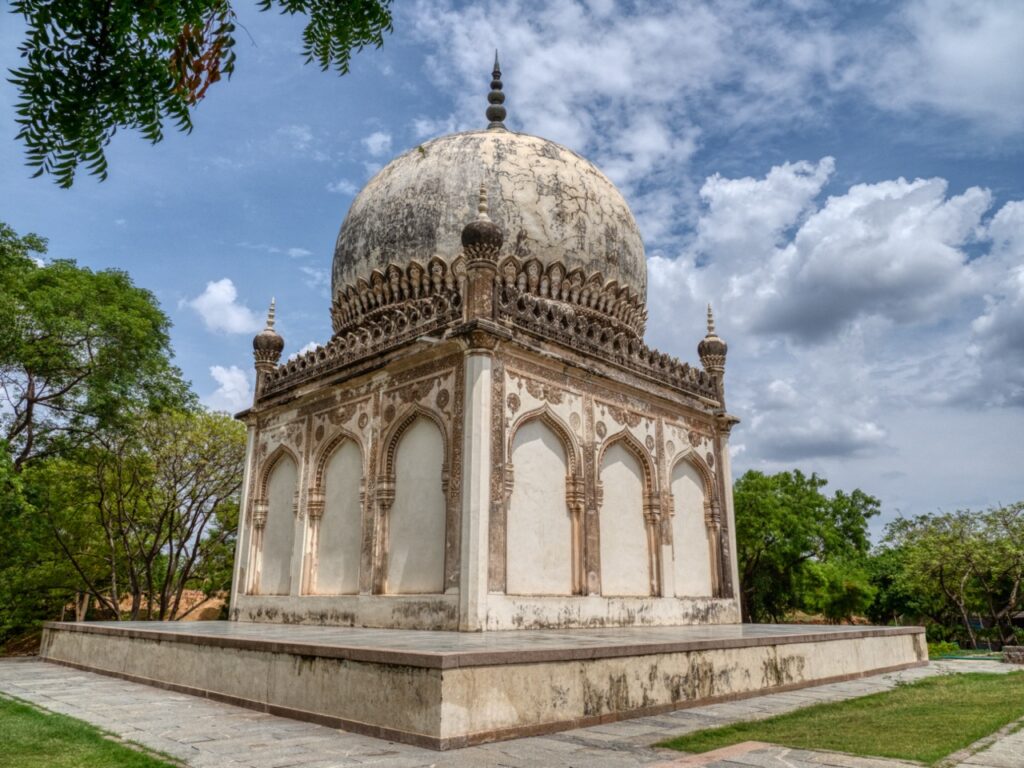 Tomb of a military commander
Tomb of a military commander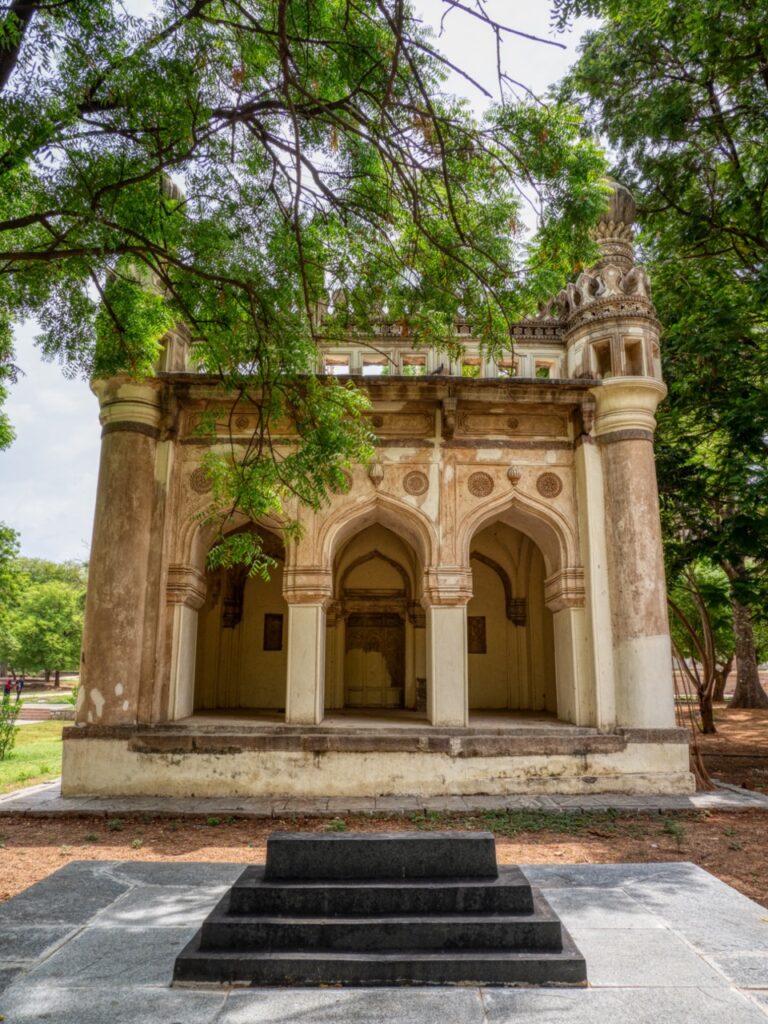 Another lesser tomb
Another lesser tomb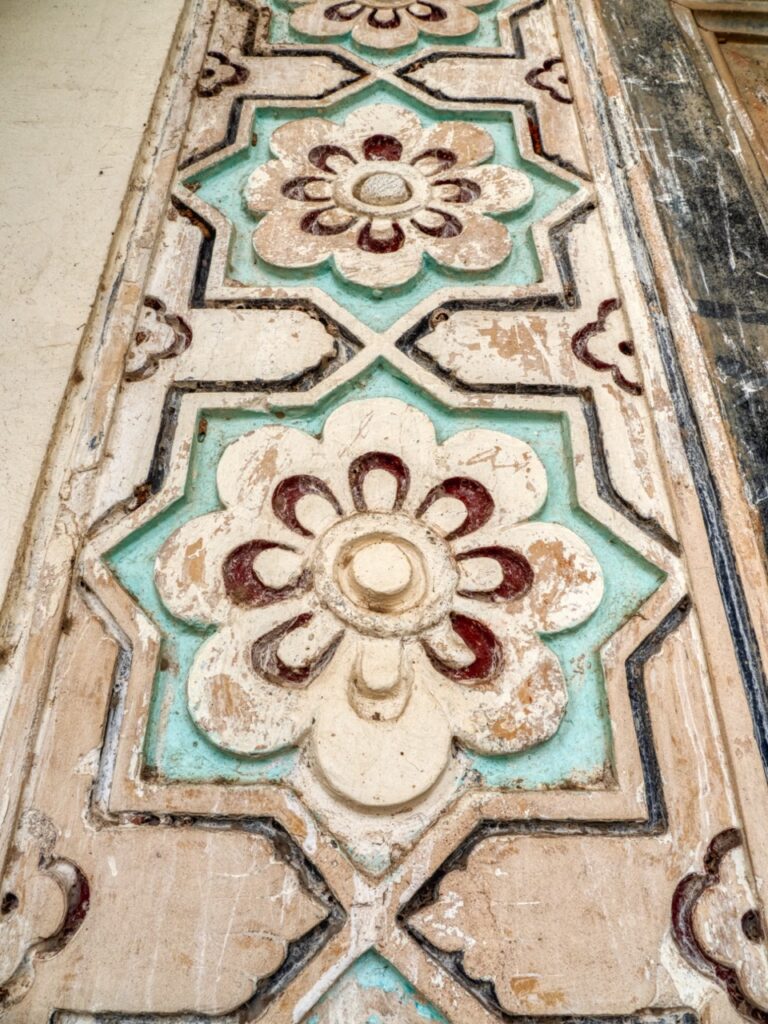 Design details of a Sultan’s tomb
Design details of a Sultan’s tomb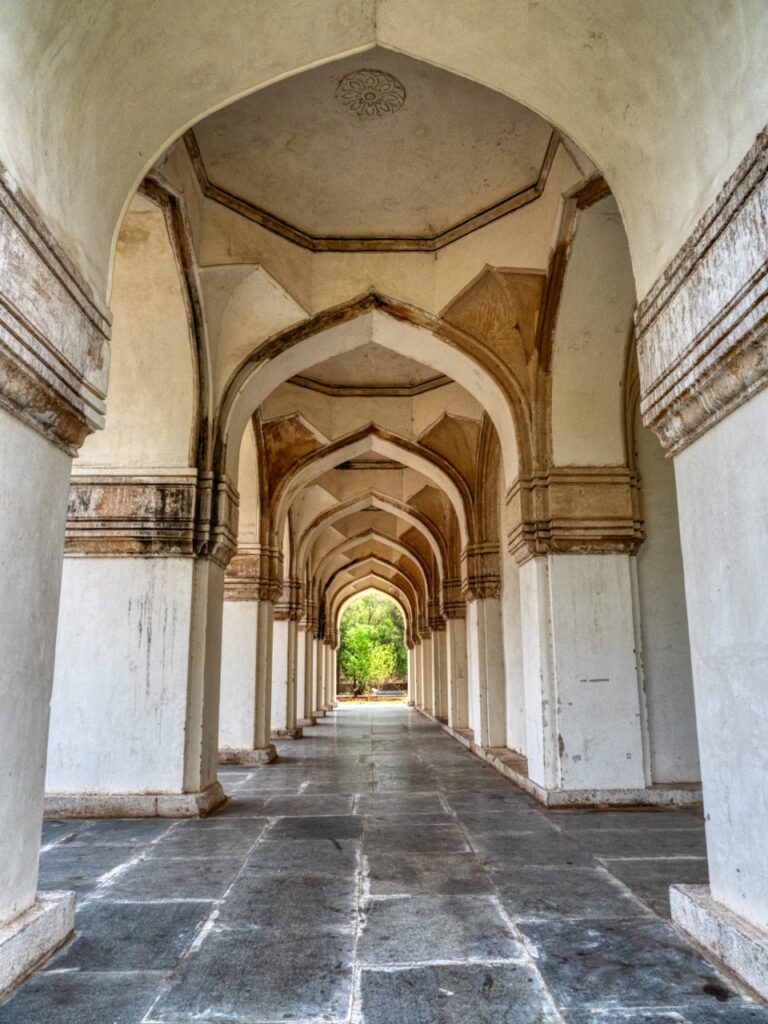 Persian-Indian architectural style
Persian-Indian architectural style
Taramati Baradari
Less than one mile away from the tombs above lies the Taramati Baradari, an ancient entertainment pavilion and garden built by Sultan Ibrahim Quli Qutub Shah (Sultan #4 of the Qutb Shahi dynasty).
(Use the right/left arrows to scroll through the images below)
Badi Baoli Stepwell
This traditional Indian water catchment system is over 400 years old! It reminded me of the stepwell I visited in Jaipur but with a more rustic rather than geometric design.
I hope you’ve enjoyed this walk through Hyderabad’s history. If you’d like to see the other cool Hyderabad sites, check out my Instagram page (www.instagram.com/globalmindedprof).
Until next time!

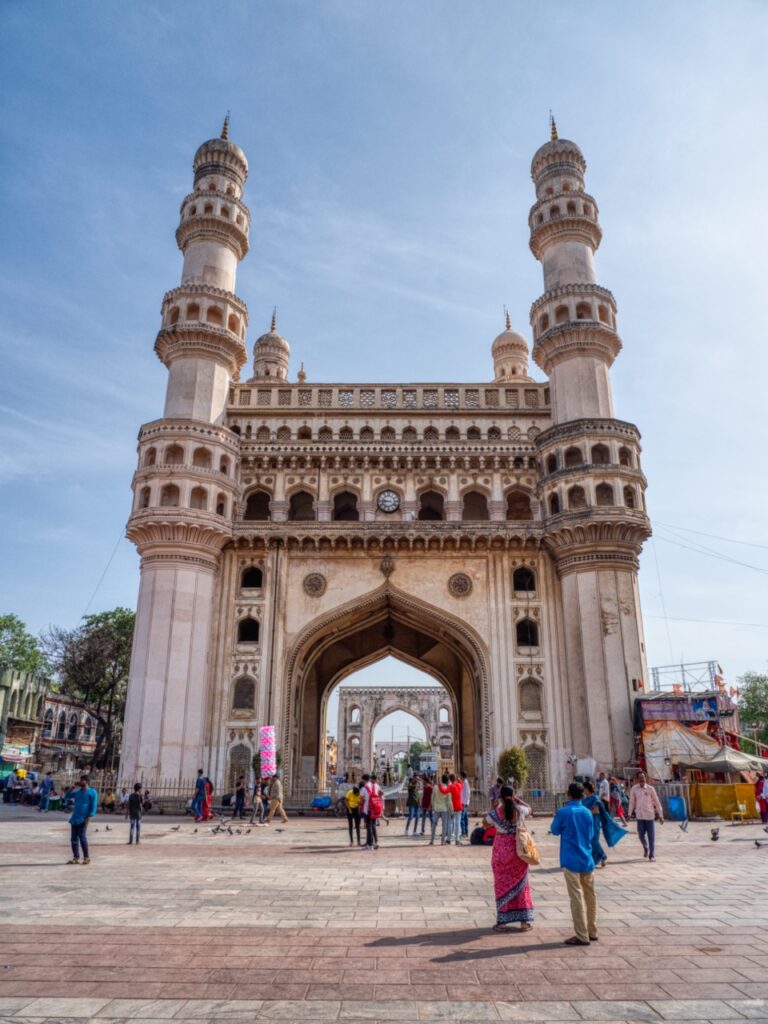
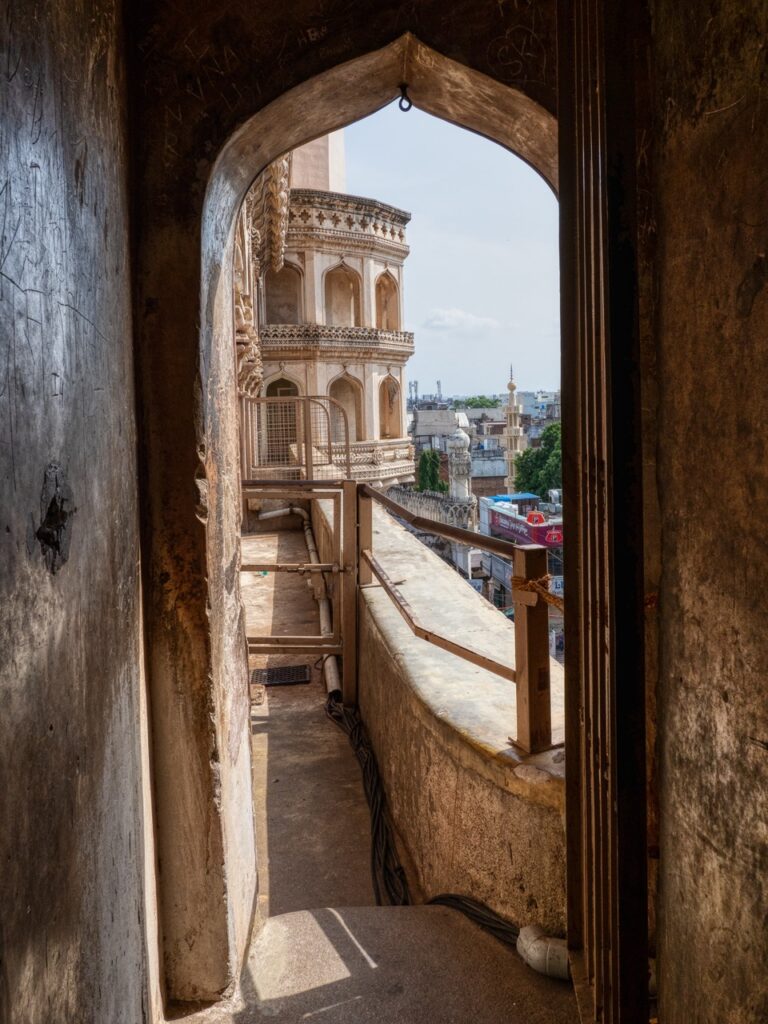
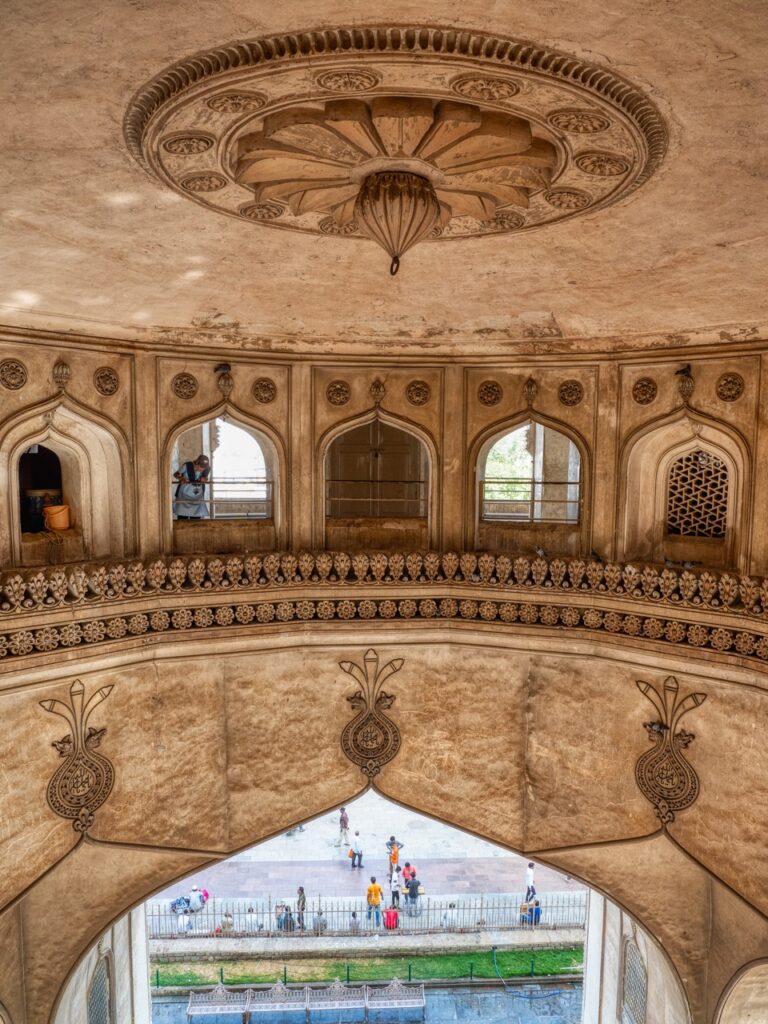
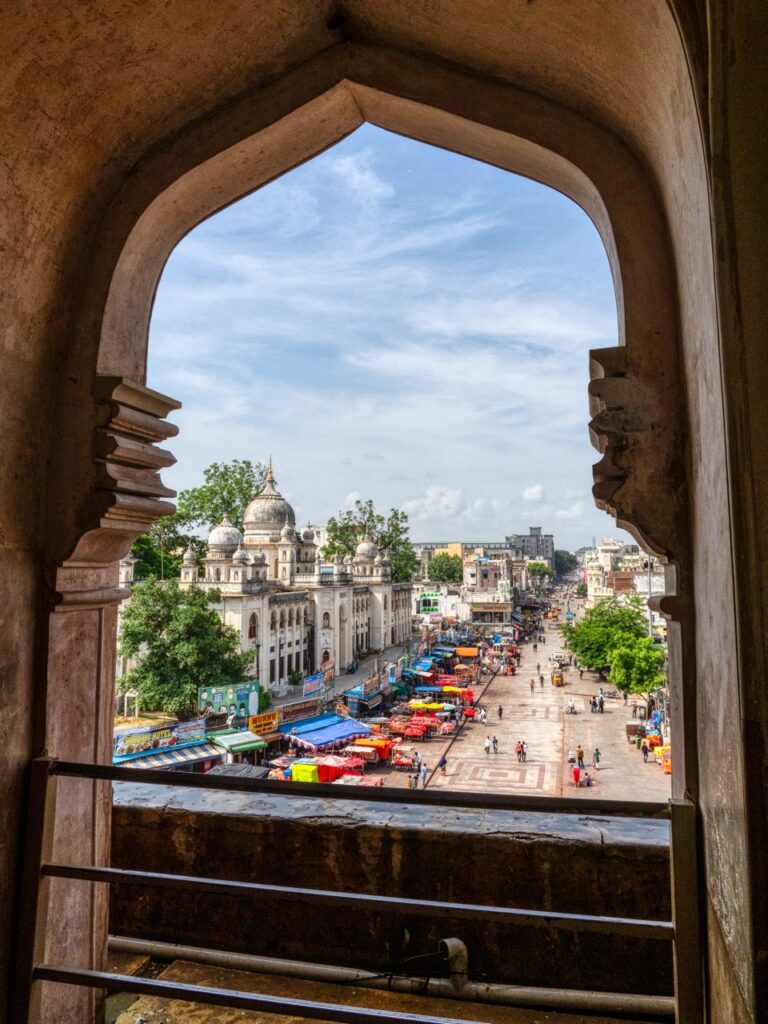
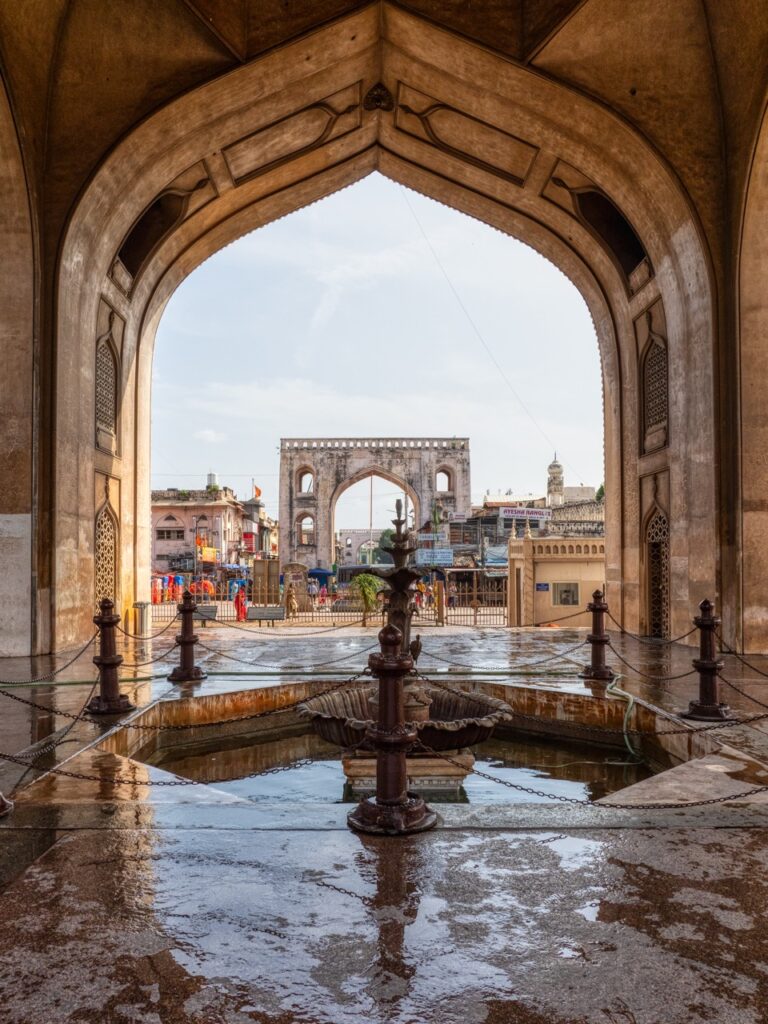
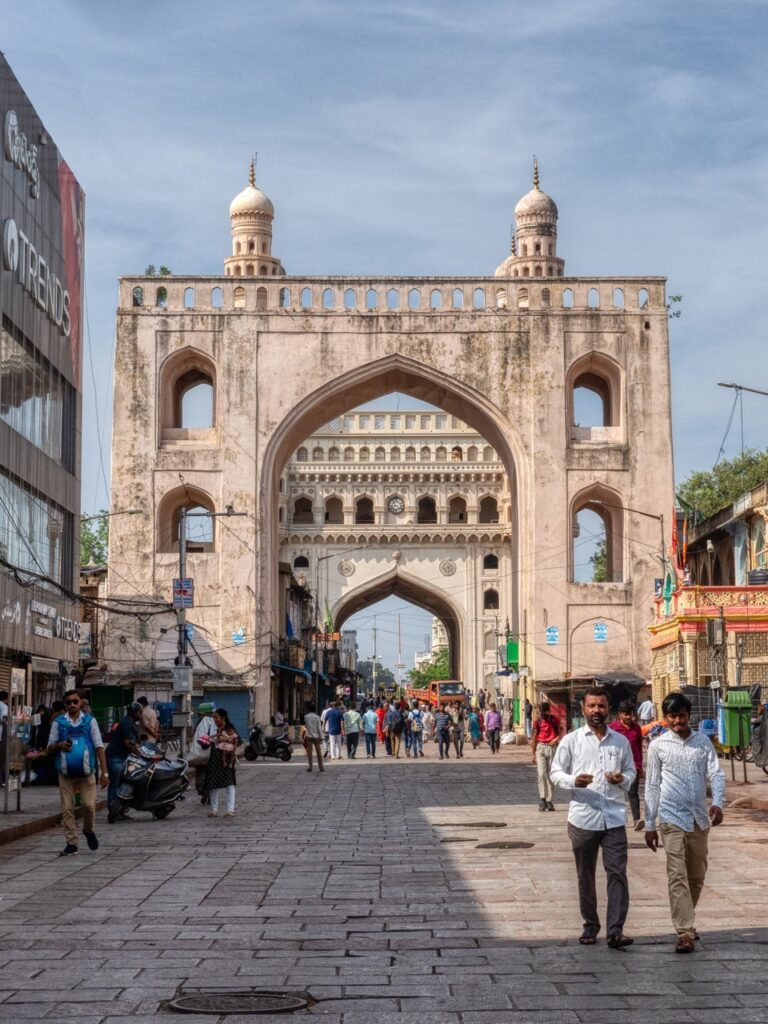
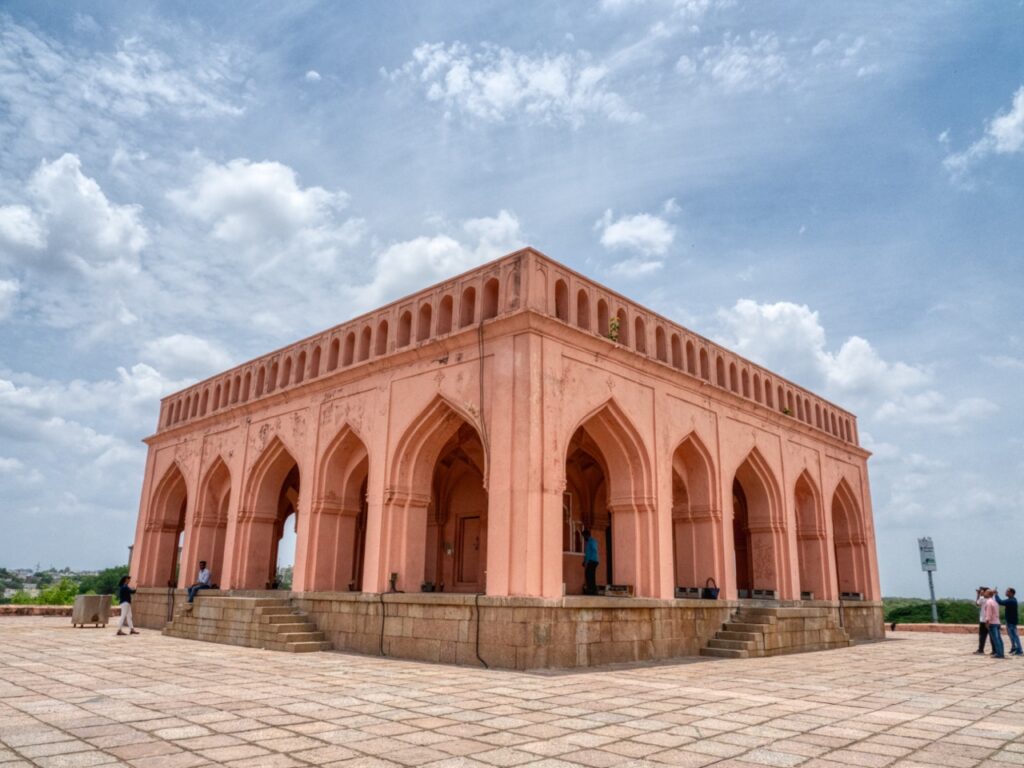
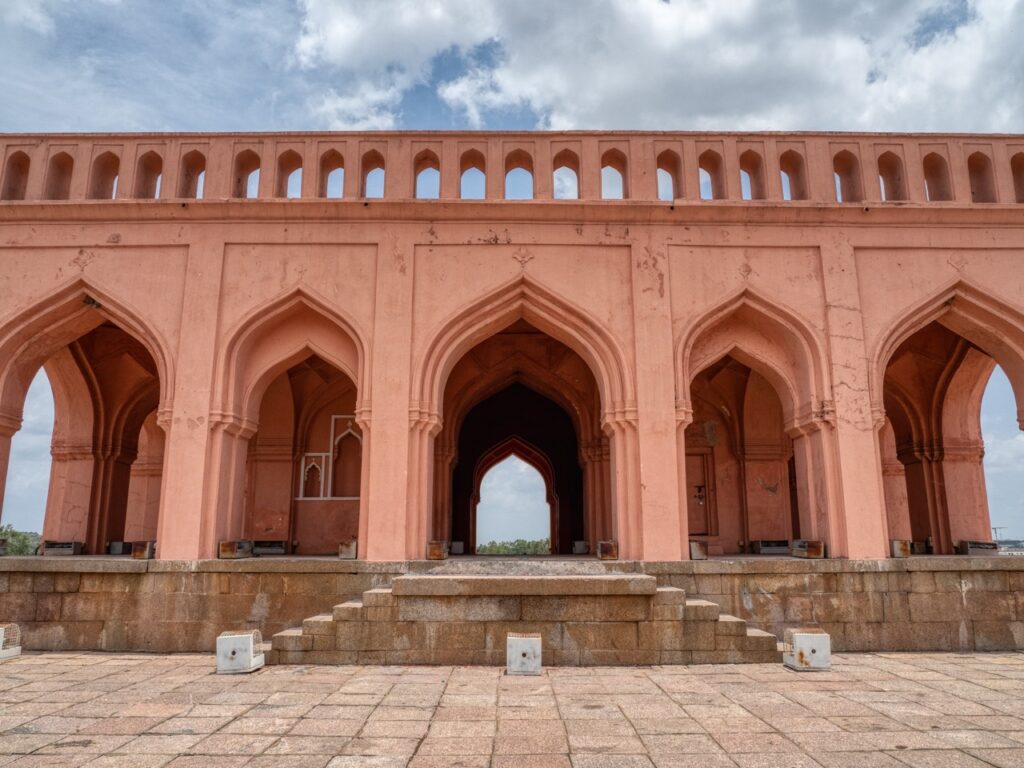
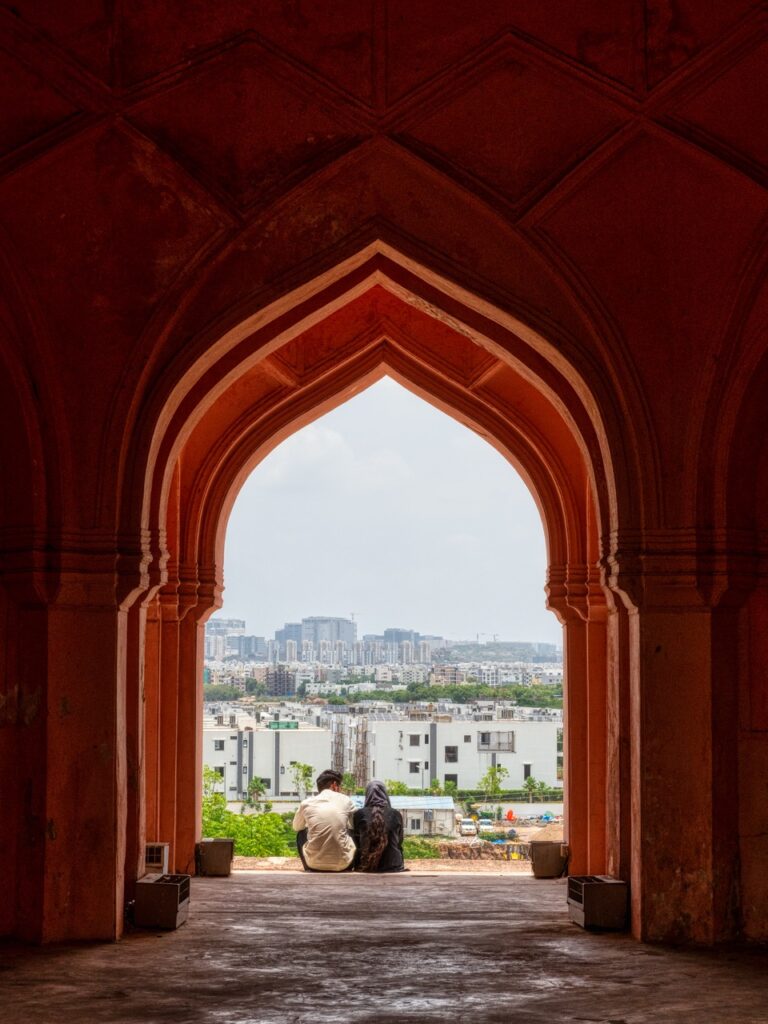
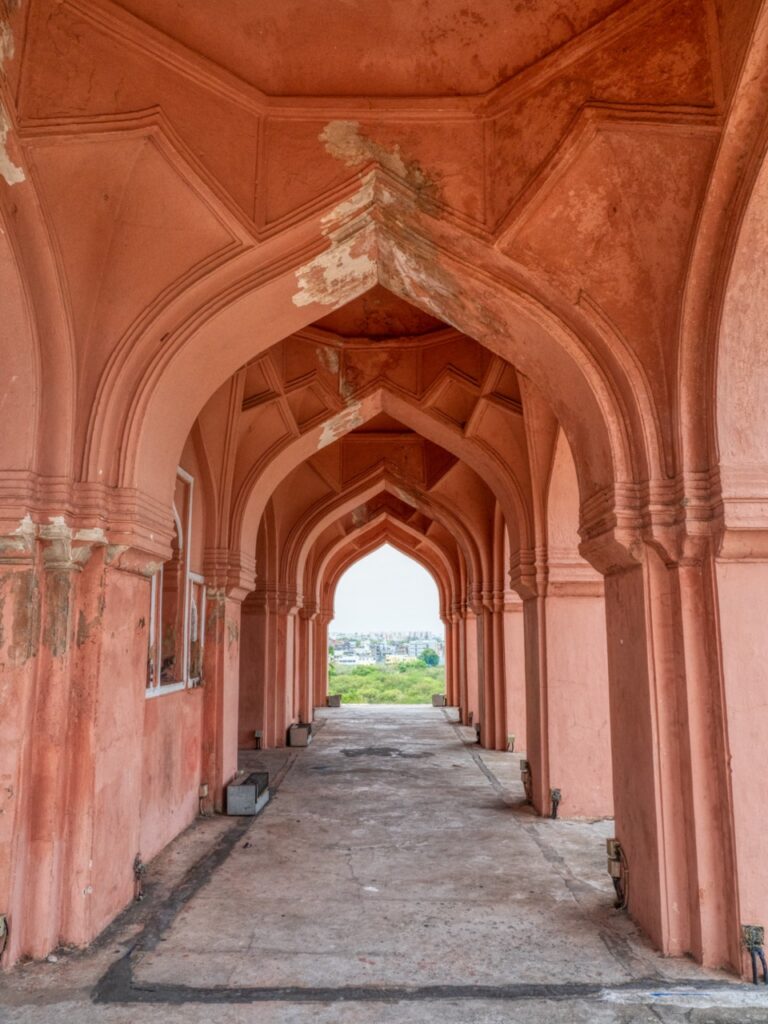
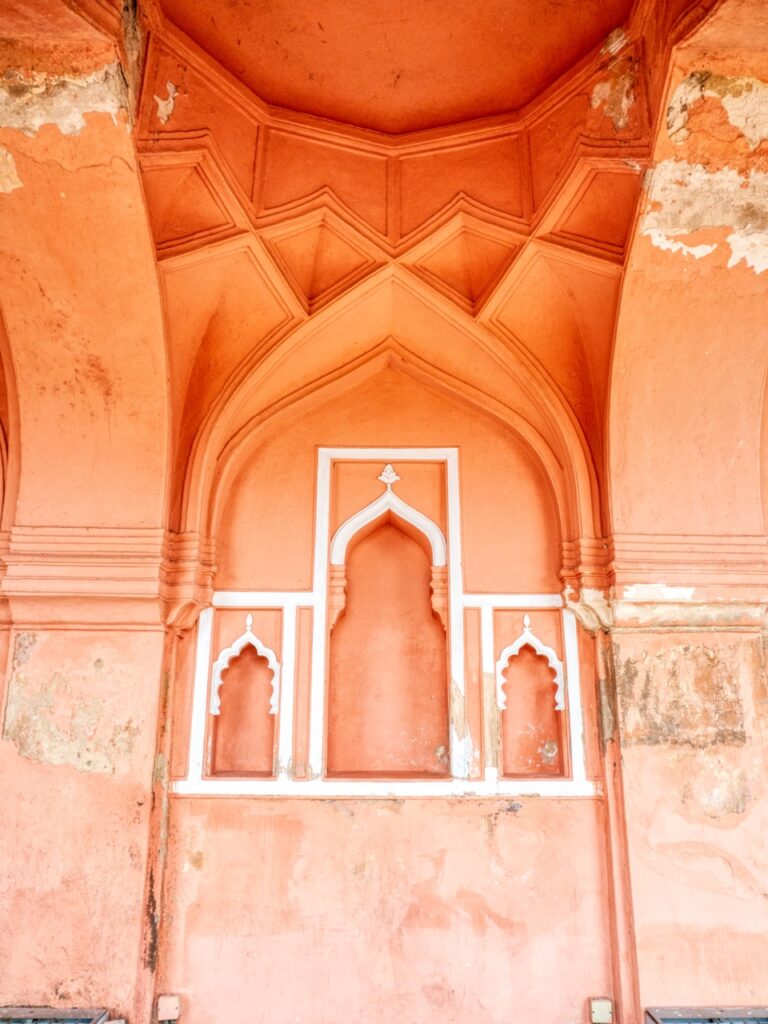
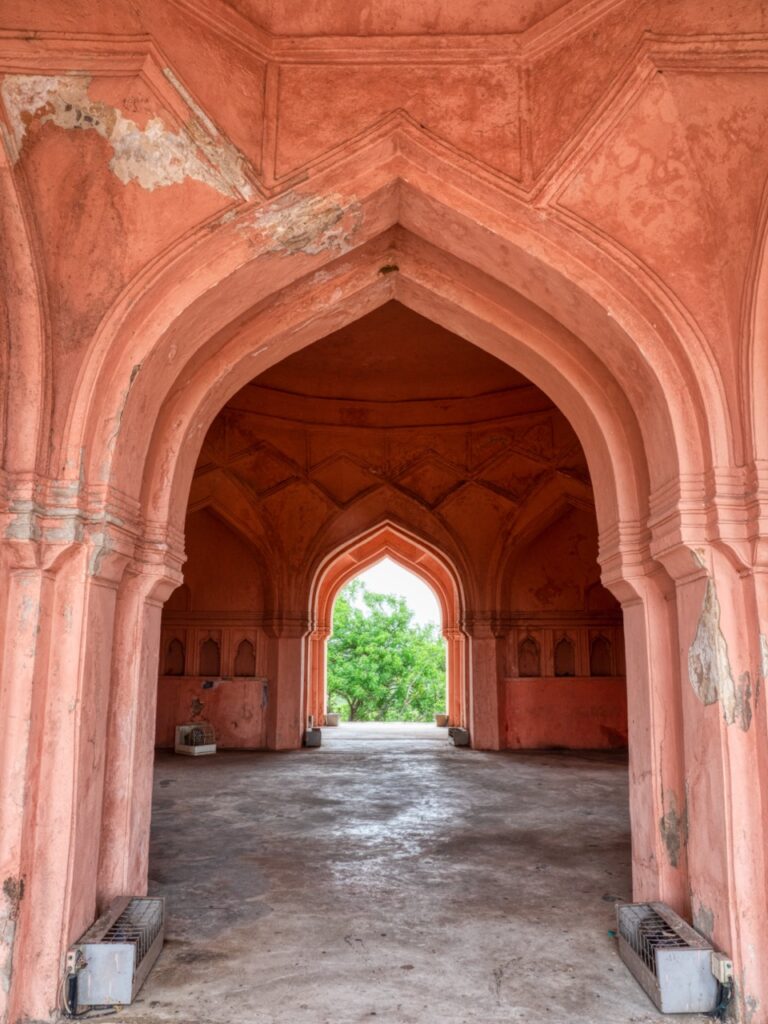
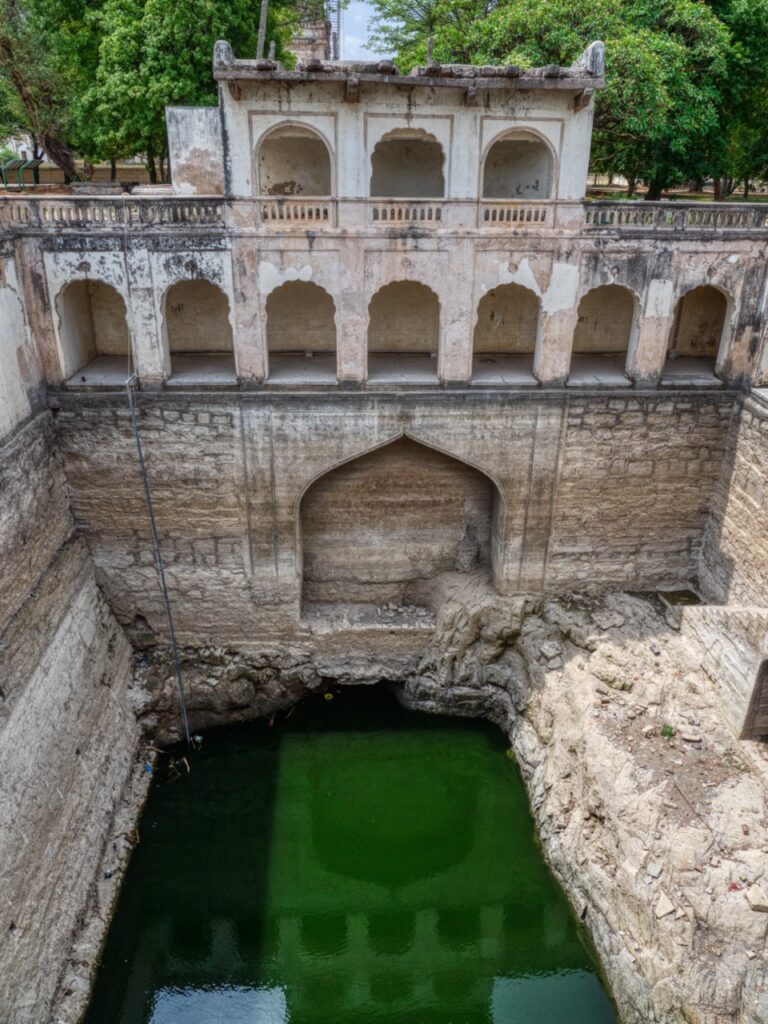
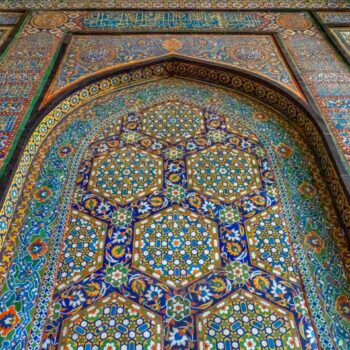

1 Comment